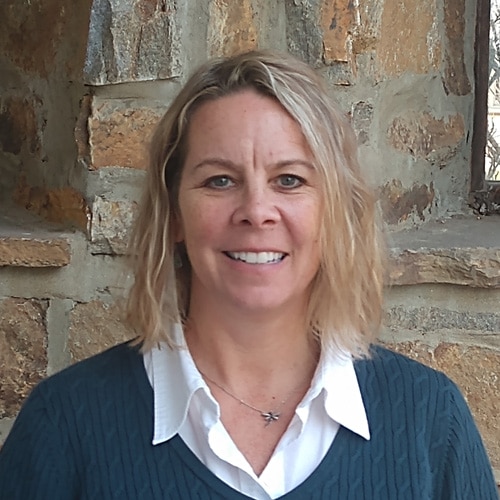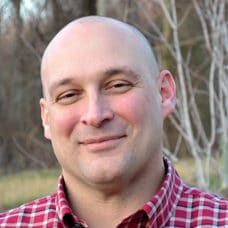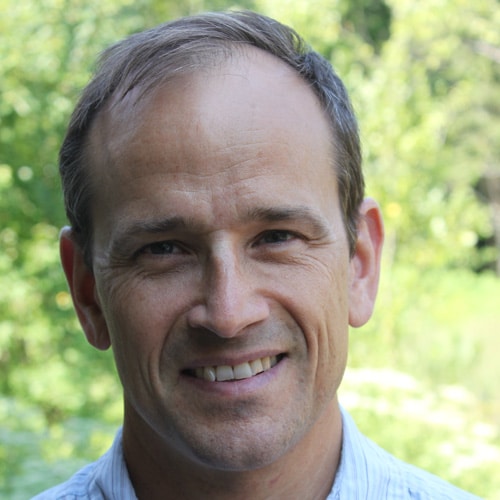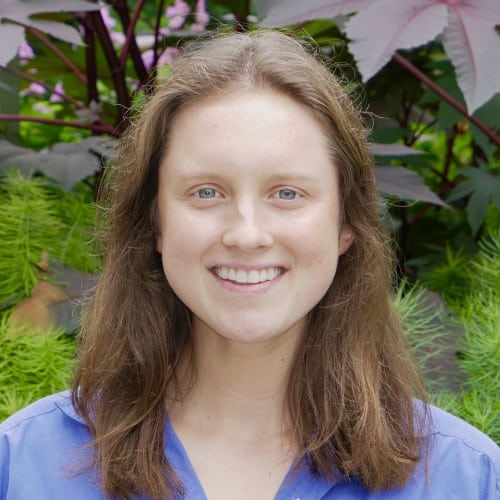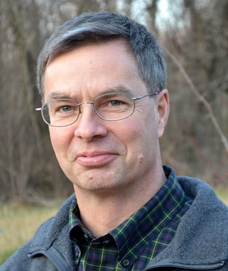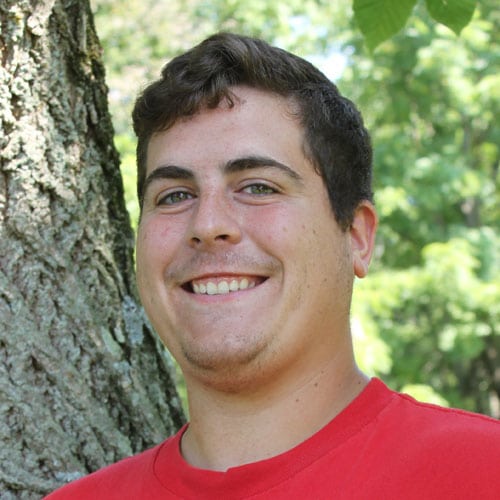The Watershed Restoration Group engages the public in freshwater stewardship and watershed restoration by helping landowners implement best management practices and plant streamside forest buffers. We link research, education, and action on the ground to manage our most precious resource — fresh water.
Watershed Restoration Staff
Watershed Restoration News

Stroud Center and Community Members to Plant 500 Trees
Tree planting is part of ongoing research to understand how to maximize the survivorship and growth of small seedlings used to reforest local streams.

Federal Monies Available for Planting Native Trees and Shrubs
A Riparian Buffer Consultant from the Stroud Water Research Center will create a Riparian Buffer Management Plan for interested landowners at no cost.
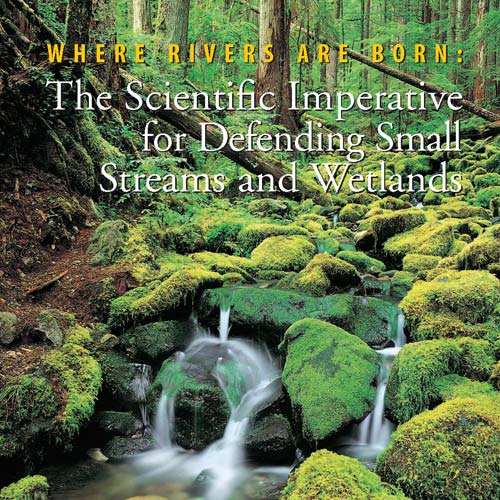
Where Rivers are Born: the Scientific Imperative for Defending Small Streams and Wetlands
The natural processes in headwater systems benefit humans by mitigating flooding, maintaining water quality and quantity, recycling nutrients, and providing habitat for plants and animals.
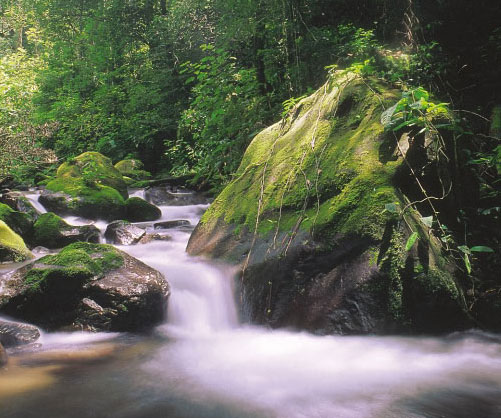
UpStream Newsletter, Spring 2003
The United Nations has declared 2003 the International Year of Fresh Water to galvanize action on one of the world’s most urgent crises.

